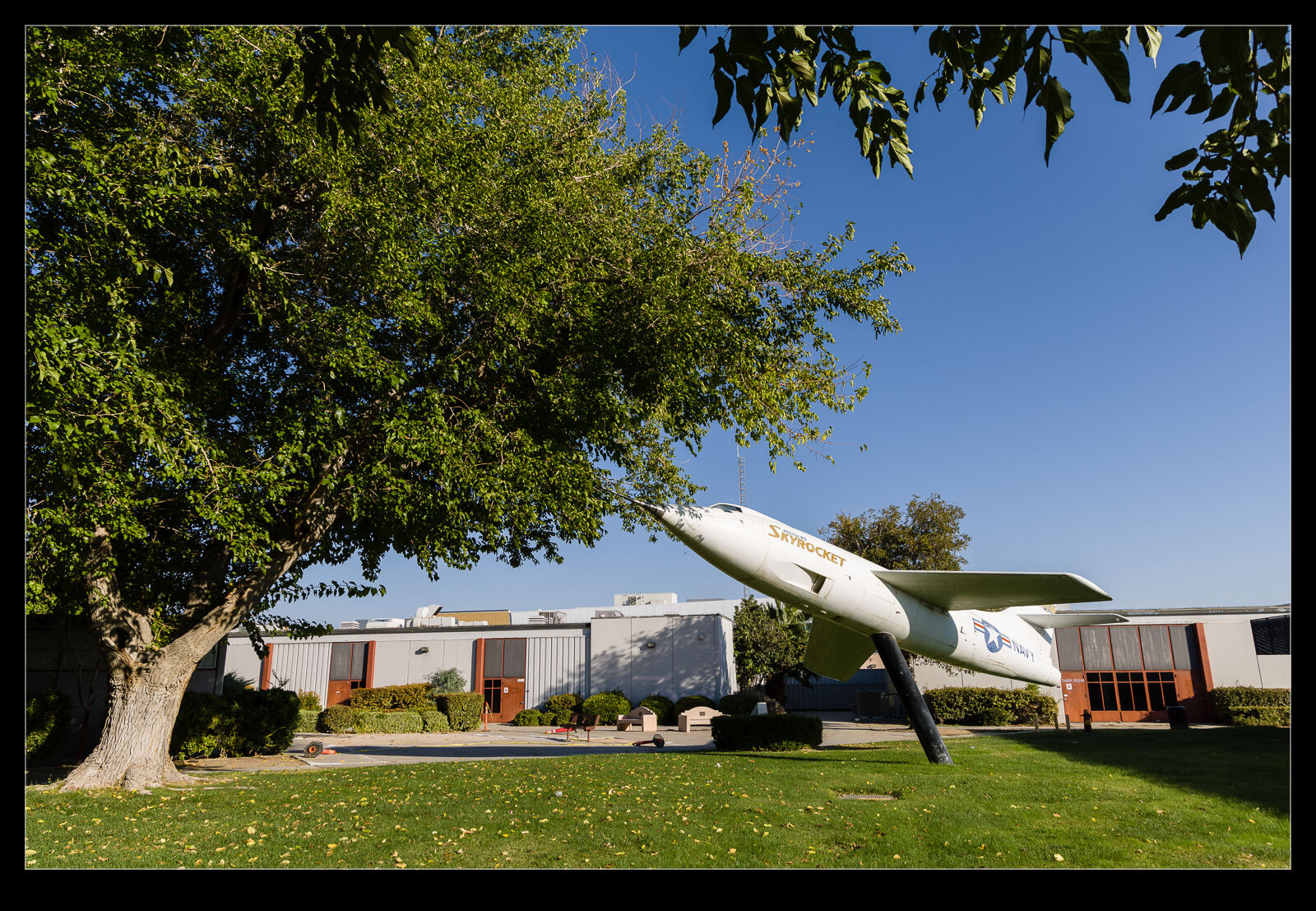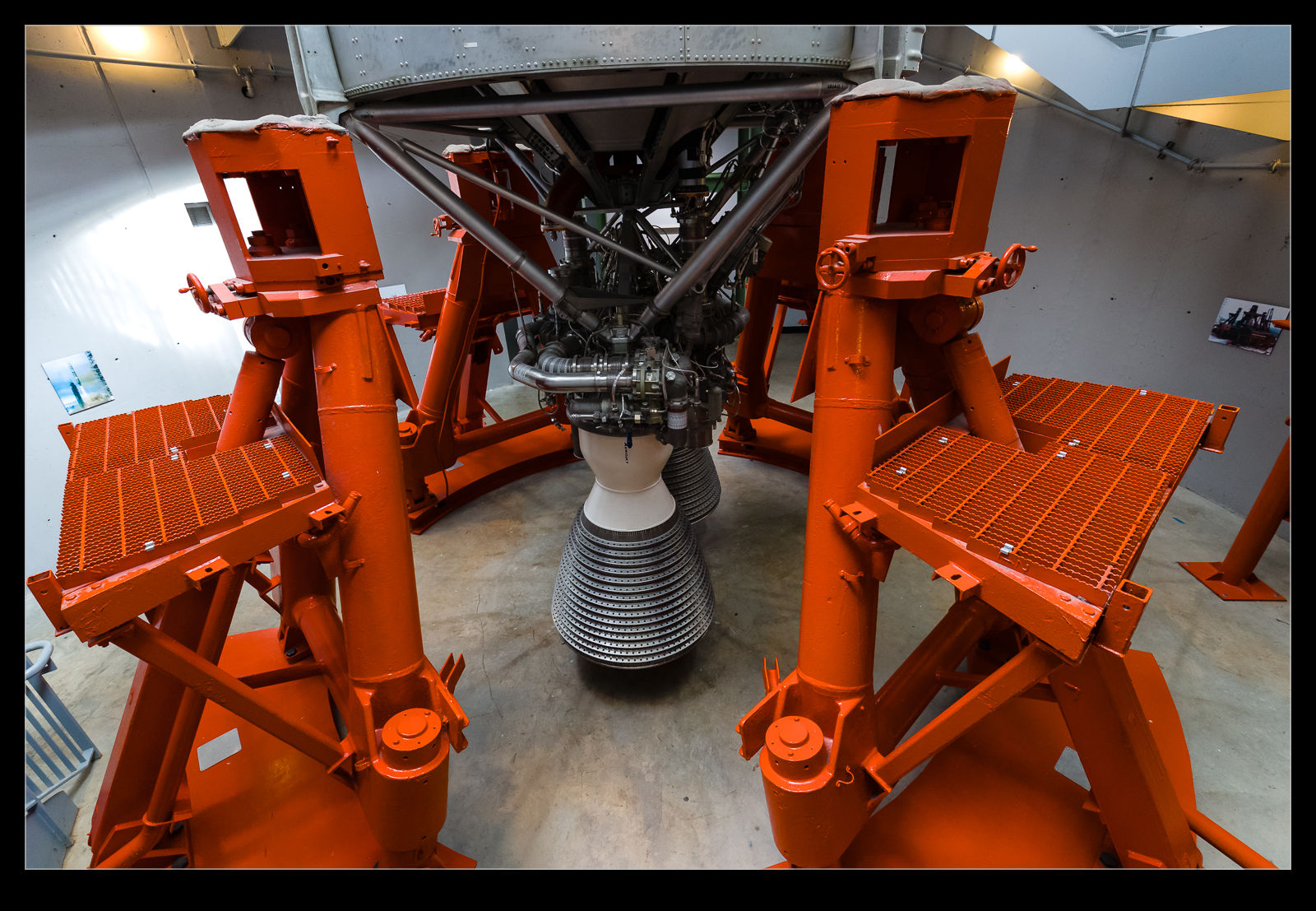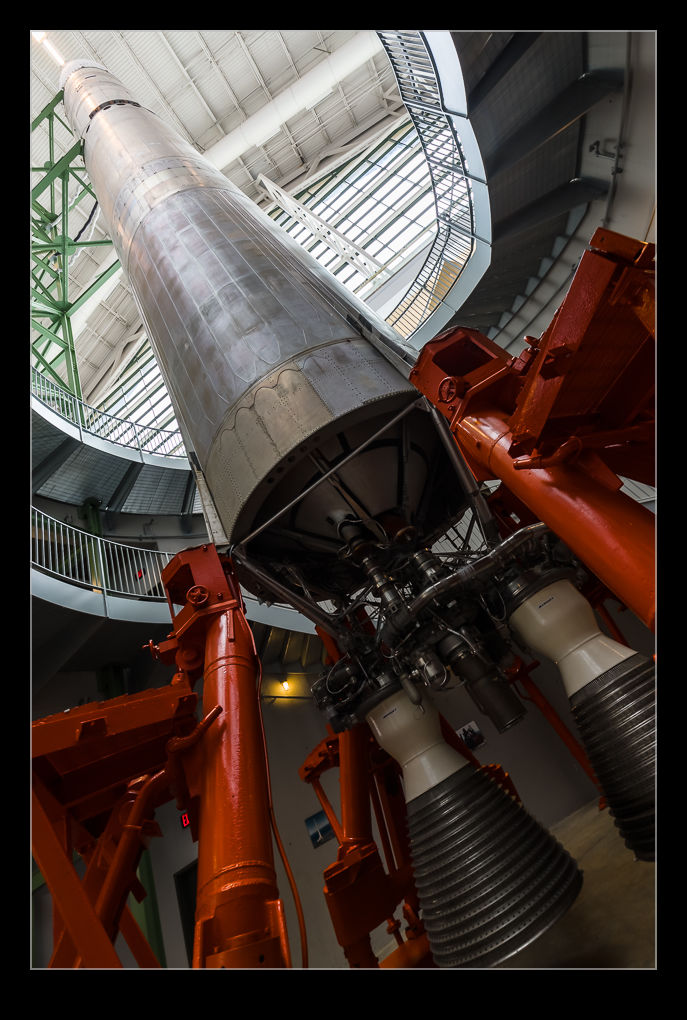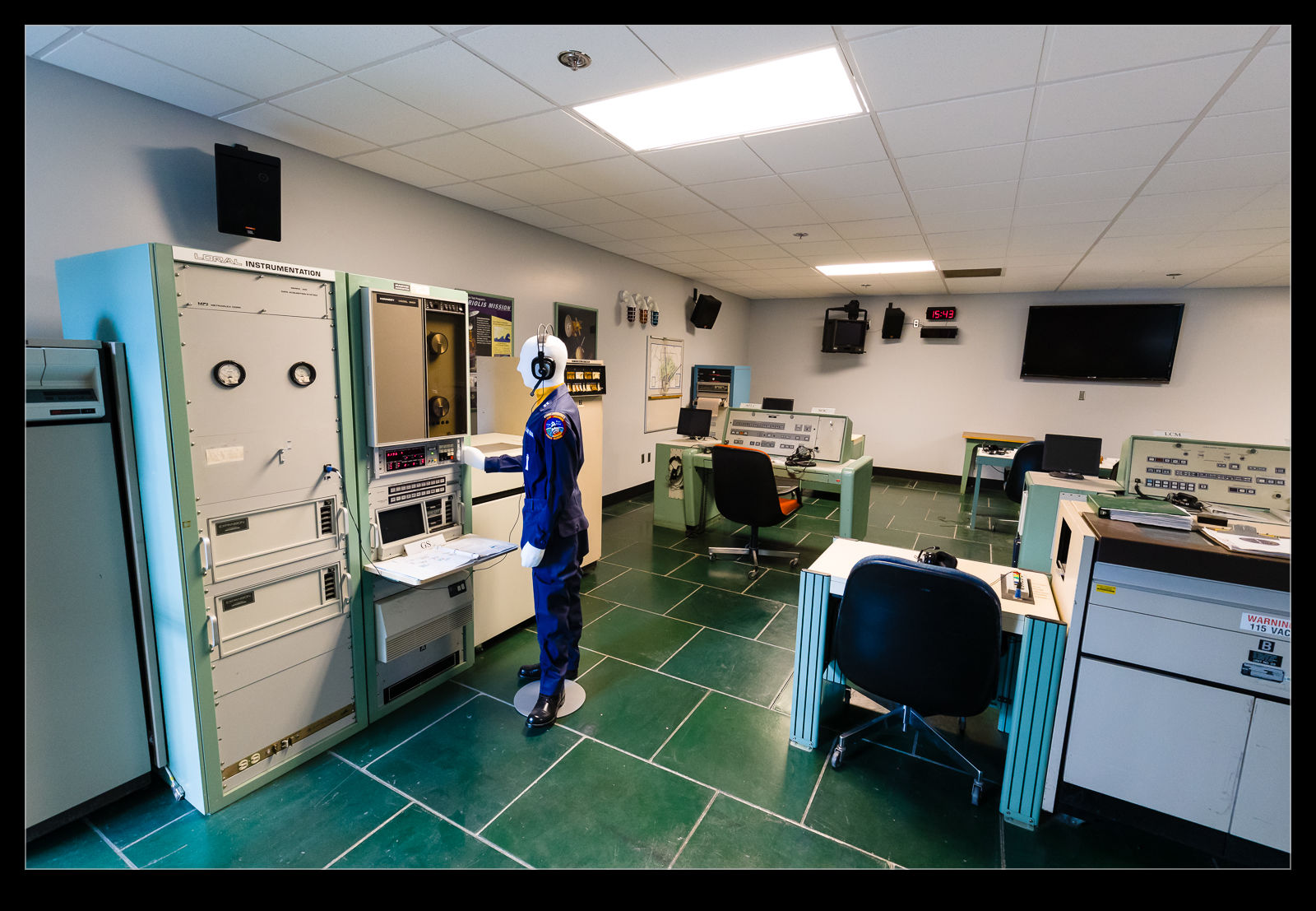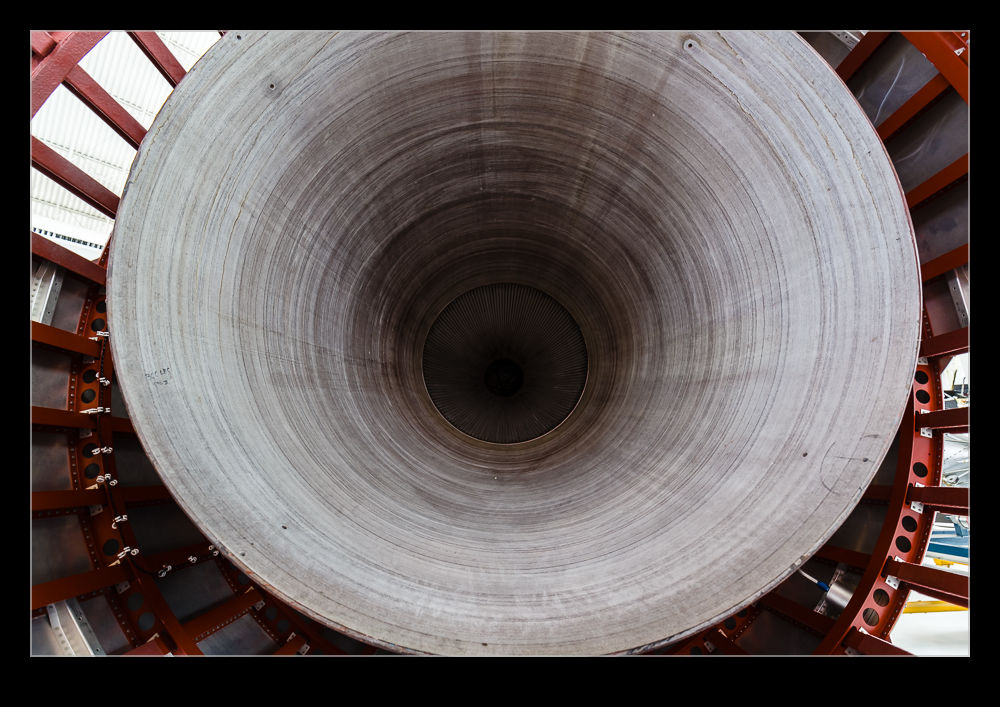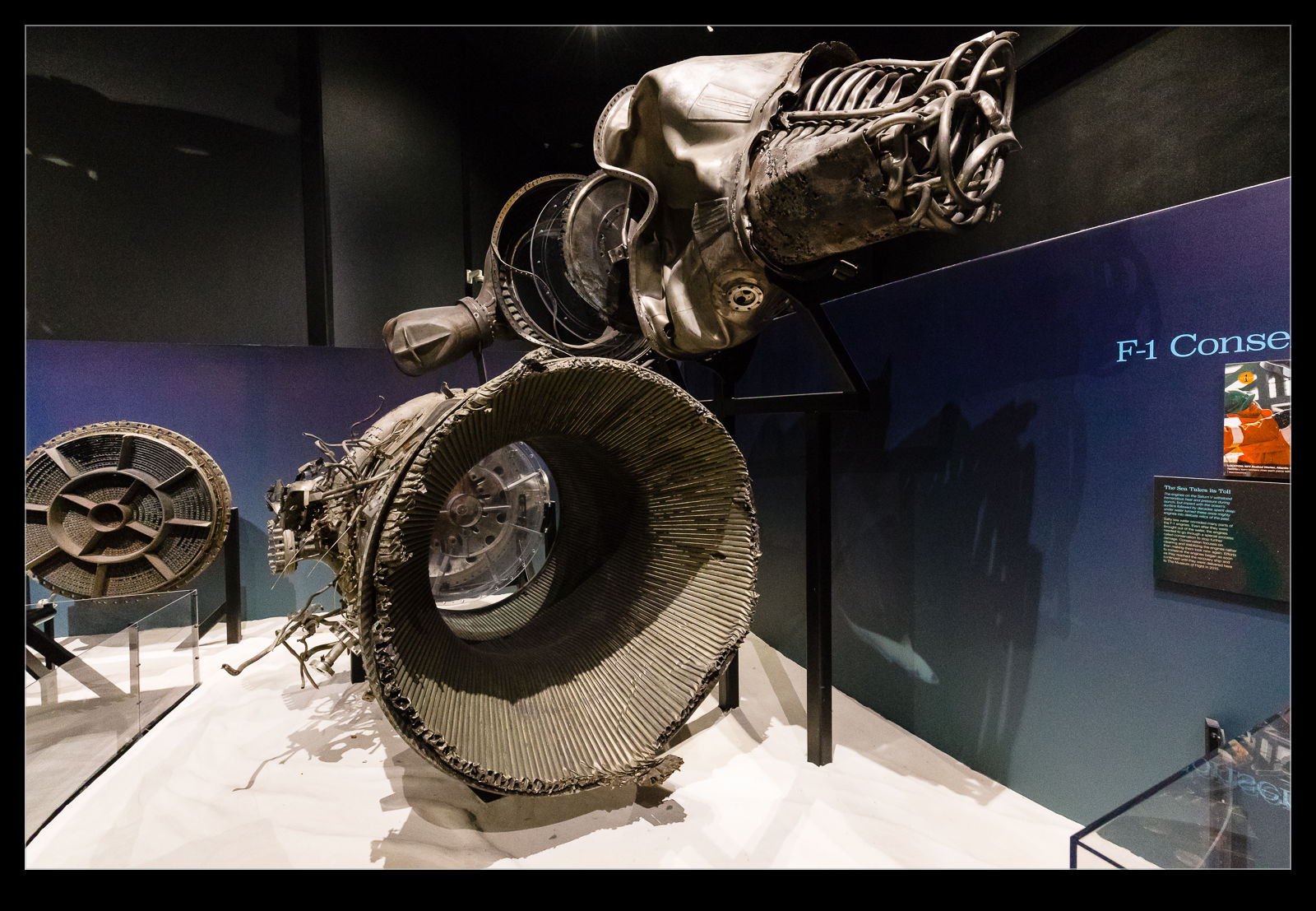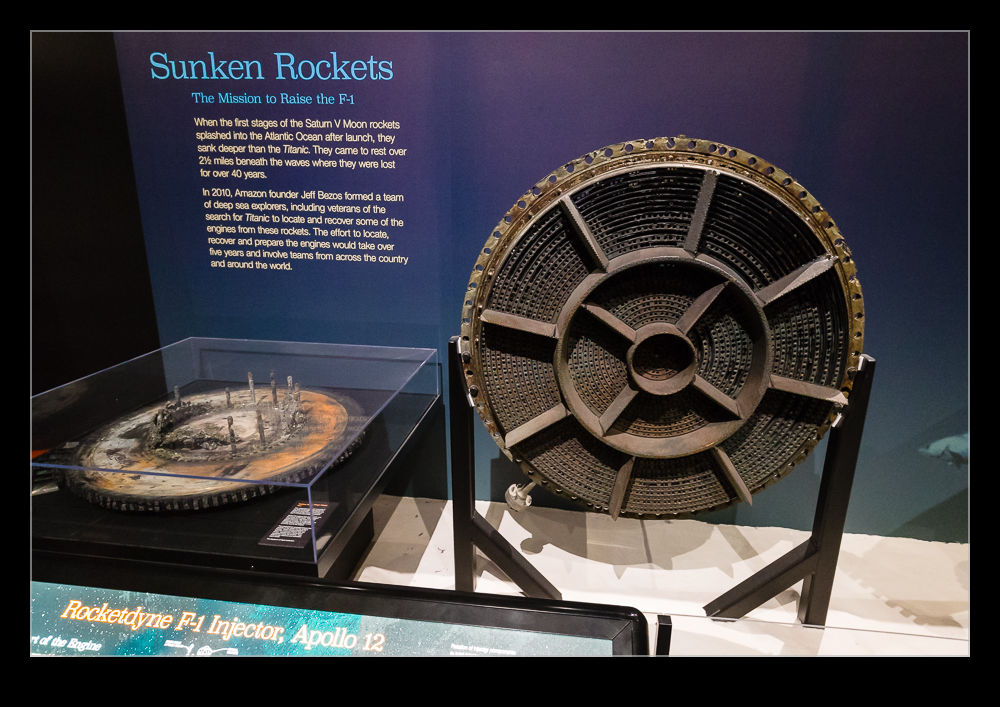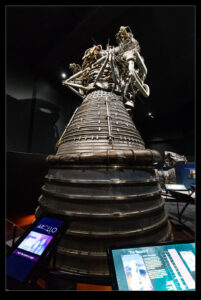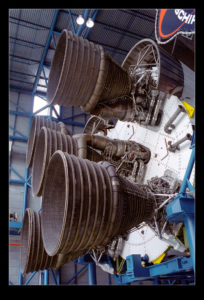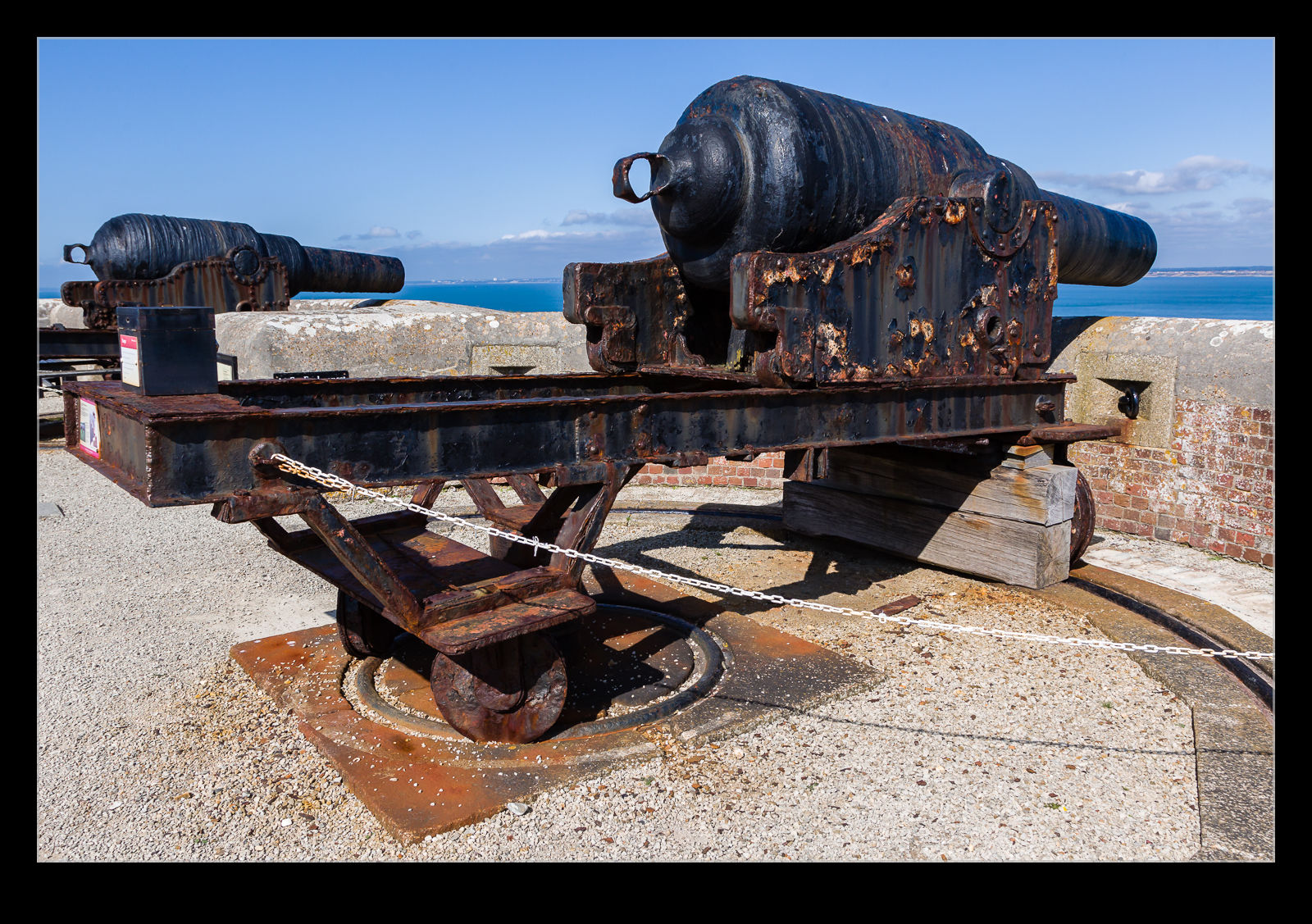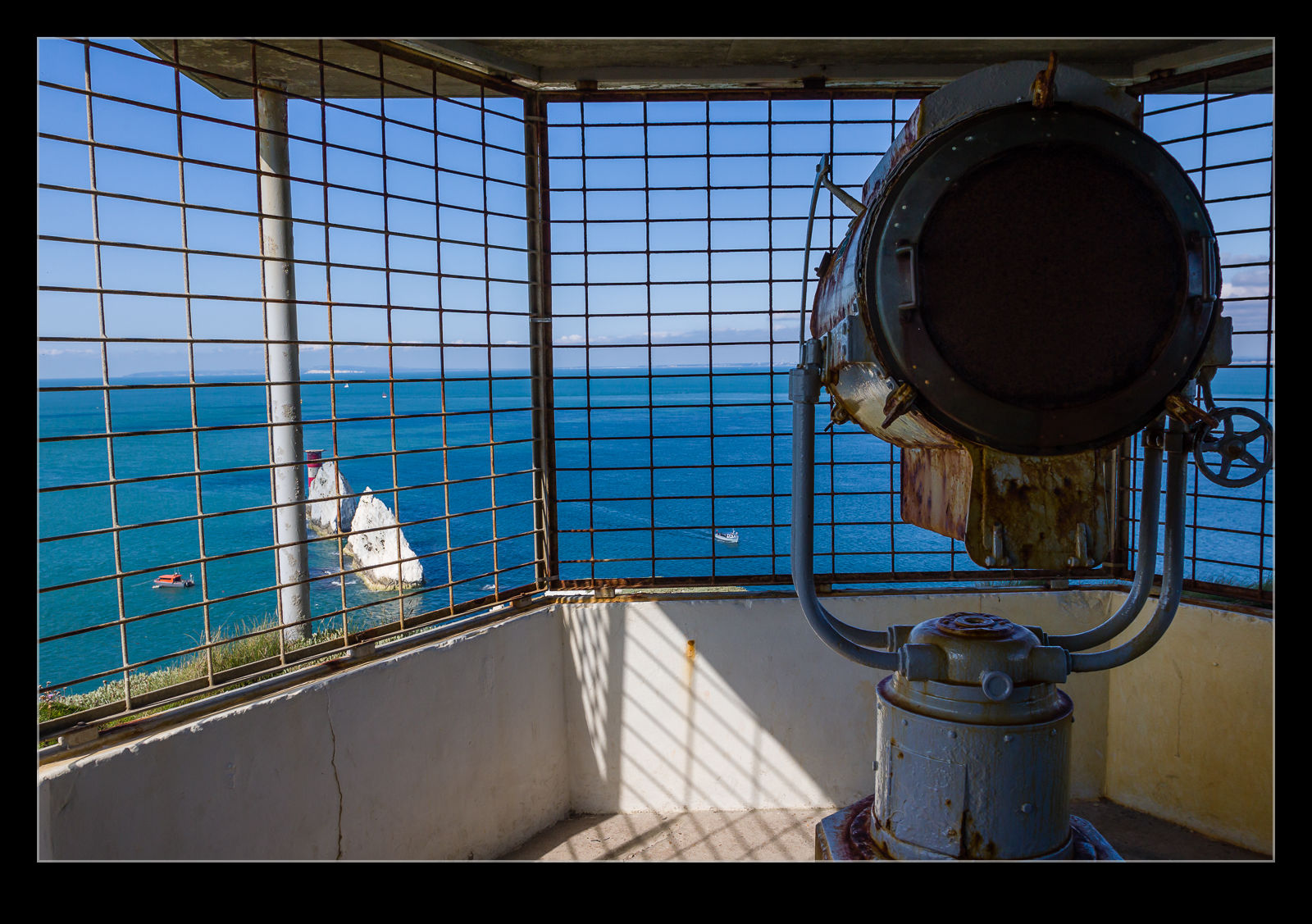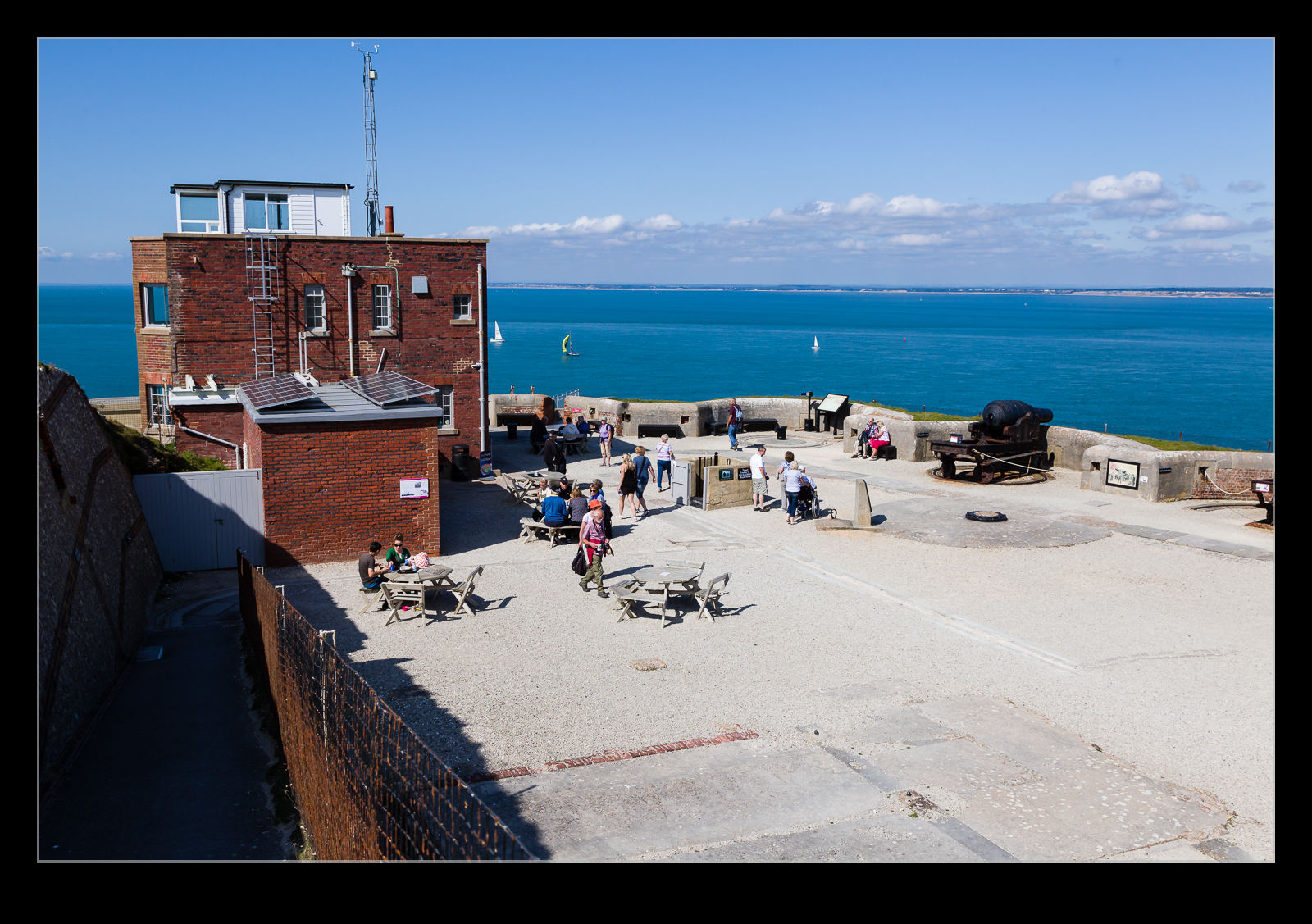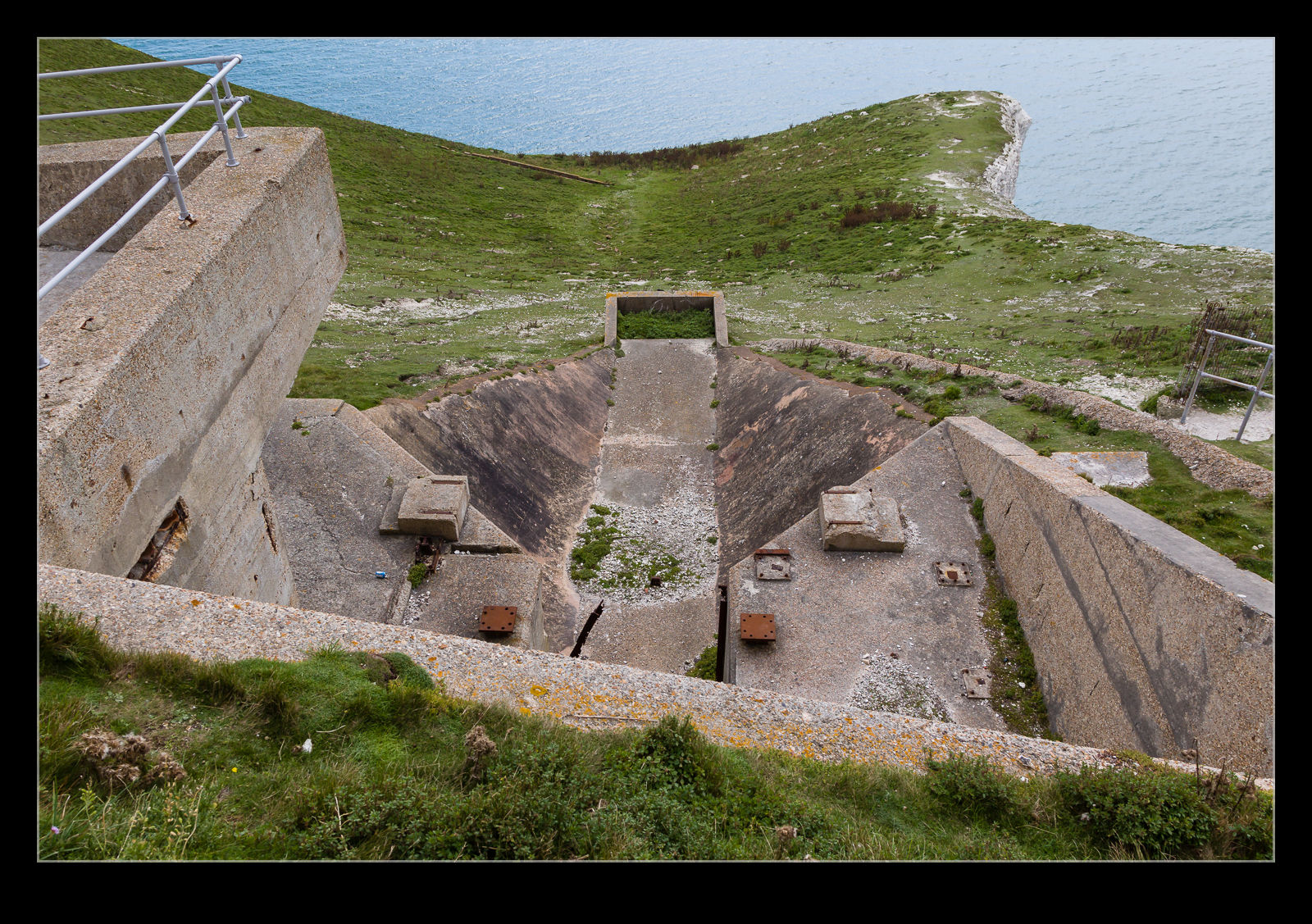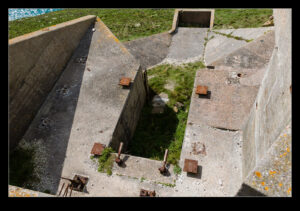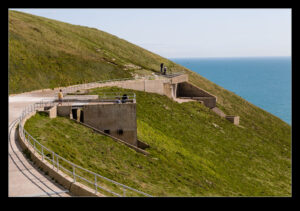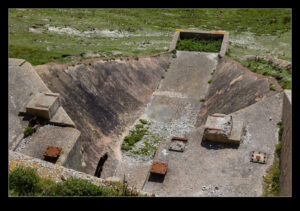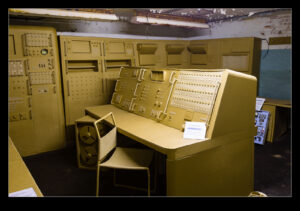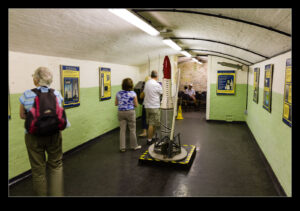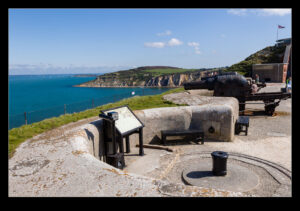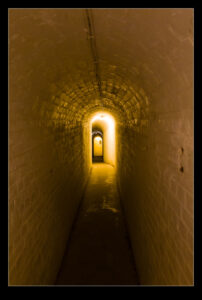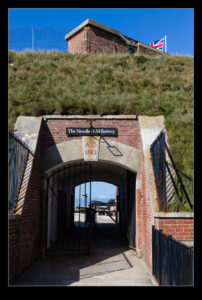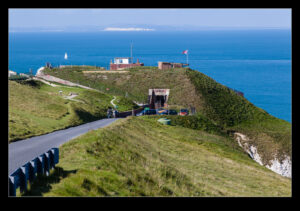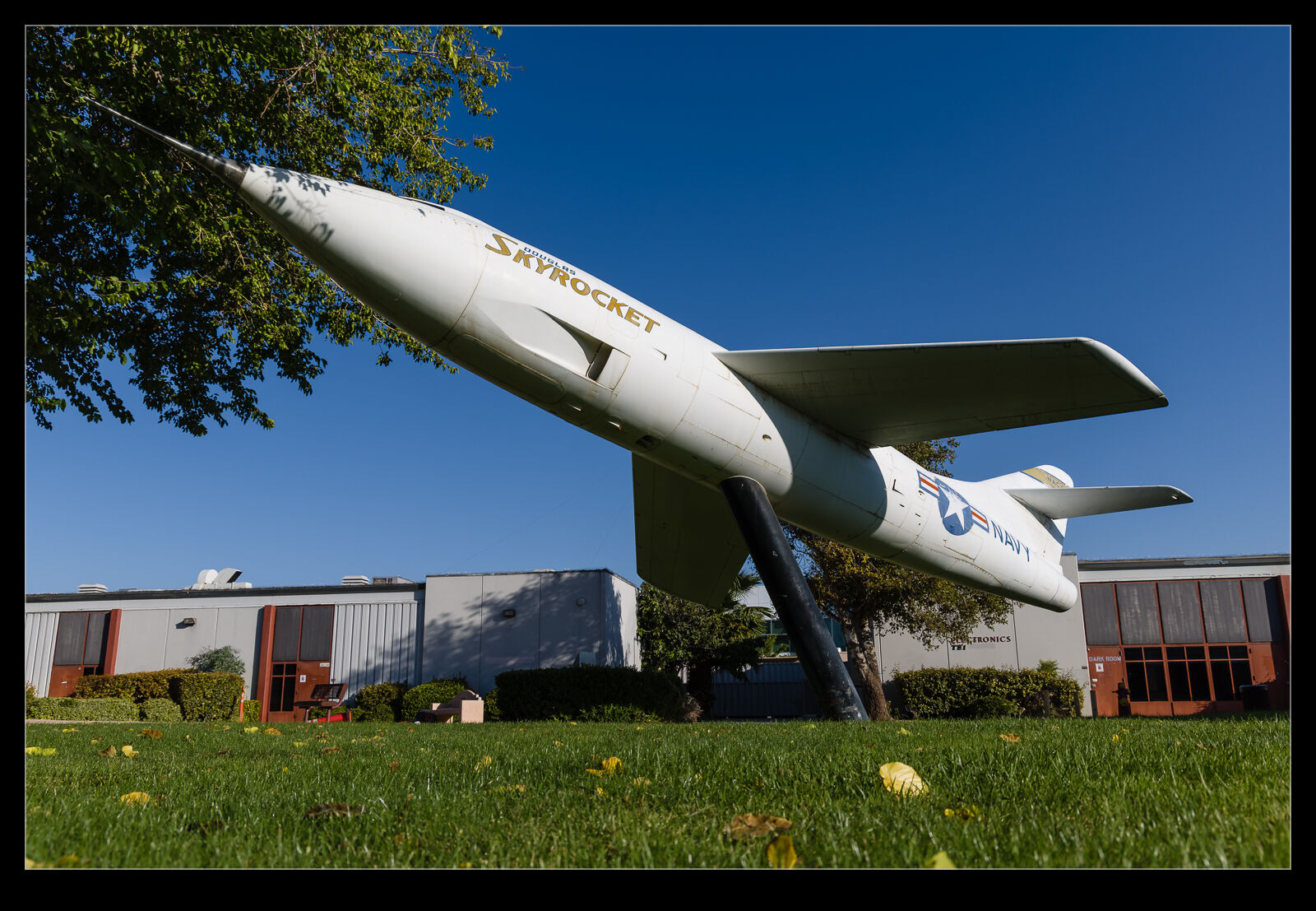 The NASA high speed research program was underway in parallel with the USAF’s X Plane program. While NASA was less focused on record setting, they did have one blast of glory when they were the first to hit Mach 2. The aircraft that they used was the D558-II Skyrocket. Three of the airframes were built and they all still survive. Originally designed to have a jet engine for take off and landing and a rocket for high speed flight, the later aircraft did not have the jet and were air dropped for their missions.
The NASA high speed research program was underway in parallel with the USAF’s X Plane program. While NASA was less focused on record setting, they did have one blast of glory when they were the first to hit Mach 2. The aircraft that they used was the D558-II Skyrocket. Three of the airframes were built and they all still survive. Originally designed to have a jet engine for take off and landing and a rocket for high speed flight, the later aircraft did not have the jet and were air dropped for their missions.
 One of the early airframes is now on display in the City of Lancaster on the campus of Antelope Valley college. Since I was staying nearby, I decided to swing by on the Sunday morning to see the plane. The campus was nearly deserted and it felt like I was doing something I shouldn’t but there was no problem walking around the campus. The plane is mounted on a pole in a dynamic pose towards the sky as seems appropriate. I had chosen a good time because the light on the plane was pretty good.
One of the early airframes is now on display in the City of Lancaster on the campus of Antelope Valley college. Since I was staying nearby, I decided to swing by on the Sunday morning to see the plane. The campus was nearly deserted and it felt like I was doing something I shouldn’t but there was no problem walking around the campus. The plane is mounted on a pole in a dynamic pose towards the sky as seems appropriate. I had chosen a good time because the light on the plane was pretty good.
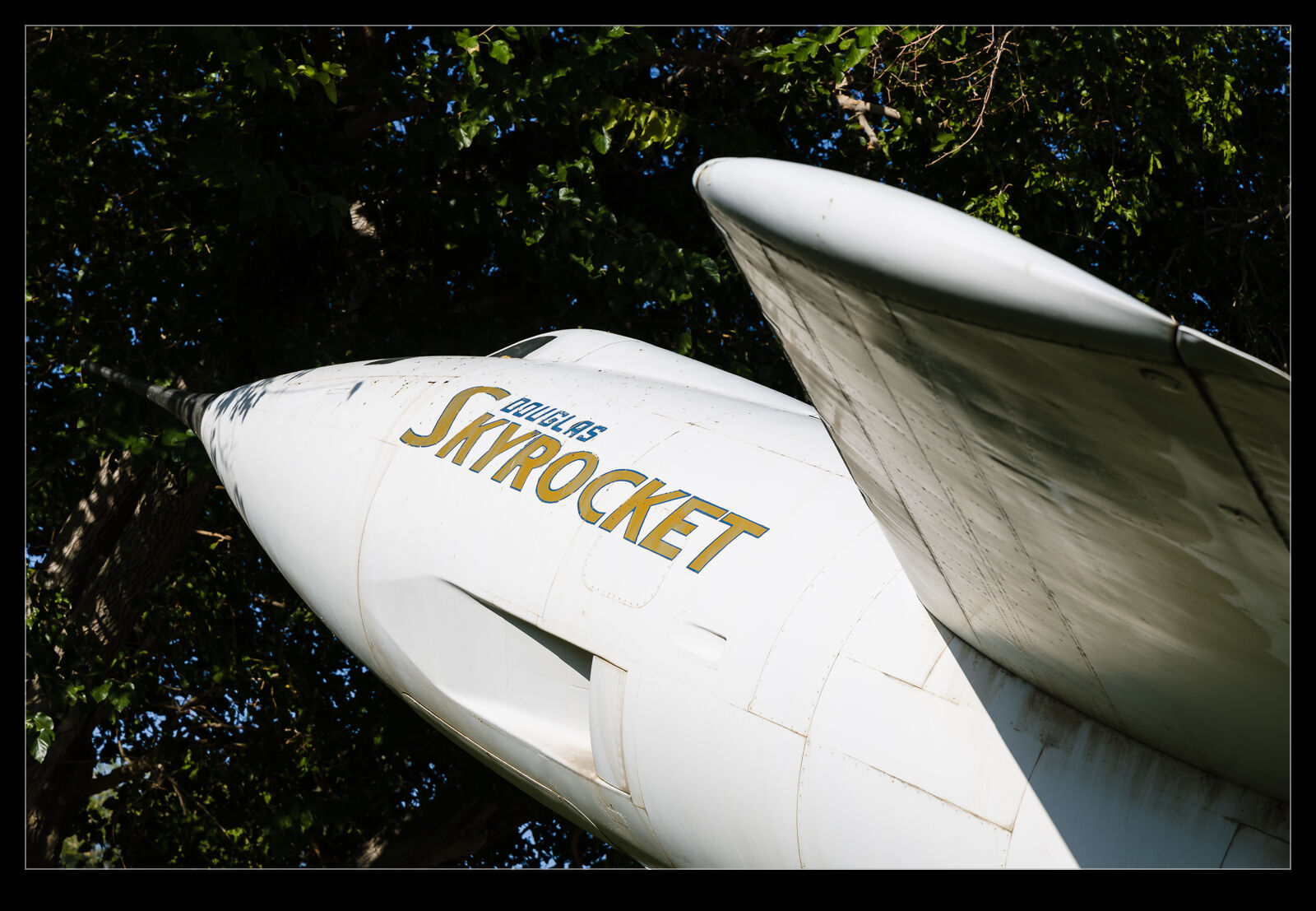 The Skyrocket is a sleek airframe as you would expect for something that first broke Mach 2. Being painted white also helps it look slightly futuristic. I spent a bit of time wandering around and trying different angles on the subject to make it look as cool as possible. I had just about finished when my buddy Chris showed up so I spent more time trying to get in the way of his shots!
The Skyrocket is a sleek airframe as you would expect for something that first broke Mach 2. Being painted white also helps it look slightly futuristic. I spent a bit of time wandering around and trying different angles on the subject to make it look as cool as possible. I had just about finished when my buddy Chris showed up so I spent more time trying to get in the way of his shots!
